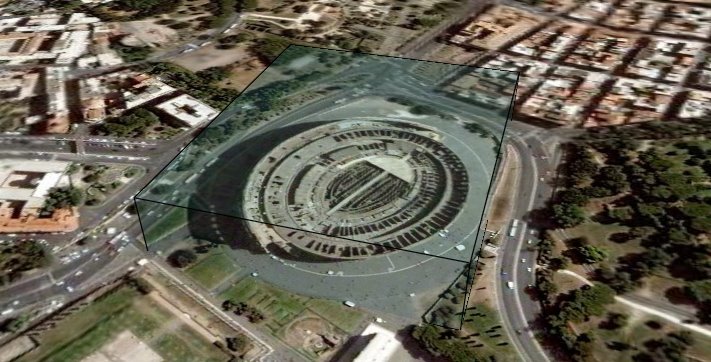Thinking about the final project for this class is like trying to analyze what sort of monument will be memorable and unique compared to previous works from the past semester.
For a long time, I have always had an interest in the average person's opinions or reviews about a movie, song, video game, a teacher/professor, or anything for example, which is why I turn to the internet to see what people have to say. I find it interesting to see people give their opinions from their comfort of a computer, rather than anyone else seeing or hearing what the person looks like, which might give the viewer a bias or judgment of the reviewer based on their appearance and whatnot, or even who they are, making anonymity a choice for people. Sites like
Yelp.com, where people can give out scathing or positive reviews of their local shops, restaurants, and businesses to name a few;
RateMyProfessor.com, where it allows college students and anonymous people to give ratings based on easiness, helpfulness, clarity, and rater's interest on professors or instructors at most or almost all U.S. colleges; and
Studentsreview.com, a comprehensive review site that gives analytical statics and ratings to colleges and universities based on the number of reviews that are given. One of the elements that stand out of these review sites are those negative reviews that may give harsh criticisms to people, places, or things. This element to reviews is important because of the implications of negativity applied to such a thing that may be wrong or painfully true.
My idea for the last project is to create a monument that is covered all in words from the review sites, but especially for colleges/universities, which I would like to focus my project on. It's one thing to see a negative review about a professor or school that you like, despite their flaws.
As for an artist that has created a monument that uses words in the form of people's names is the Vietnam Veterans Memorial in Washington D.C.. The monument is a dedication of soldiers who fought and died in service during the Vietnam War, South East Asia, or the ones who were Missing In Action (MIA) during the War. All of the names on the wall are engraved onto the polished, gabbro slab of rock. The color of the wall gives it a somber feeling when observing the names of the fallen, as a reminder of a funeral service, especially in the U.S., where wearing black clothing is a sign of mourning. The monument stretches to 246 feet 9 inches (75 m) long, reminding us how many people have died at the time of the " Vietnam War". It limits our perception to the idea of making U.S. soldiers the ones we should be remembering, when we could be remember the innocent civilians who died for nothing. The problem is the conflict of creating another public memory that doesn't shine upon the positive elements of mourning without questioning what the soldiers did in the war. It's an issue to what people's intentions are when people post negative reviews about things that can challenge what we are and what is.






























